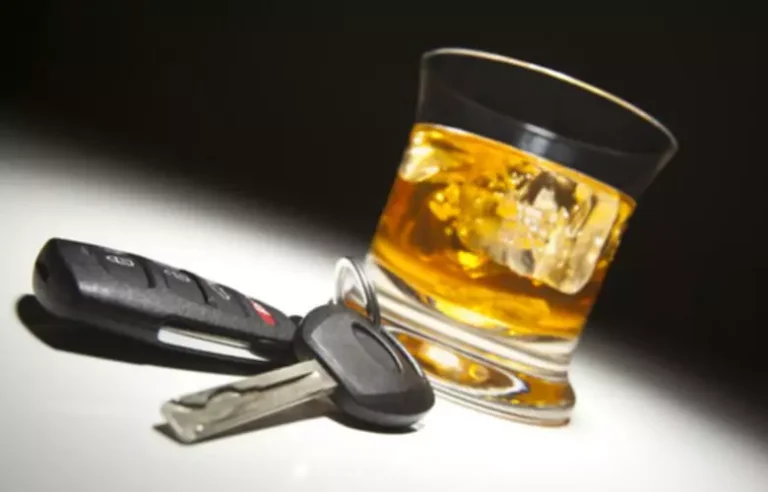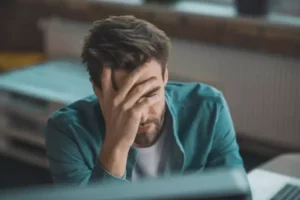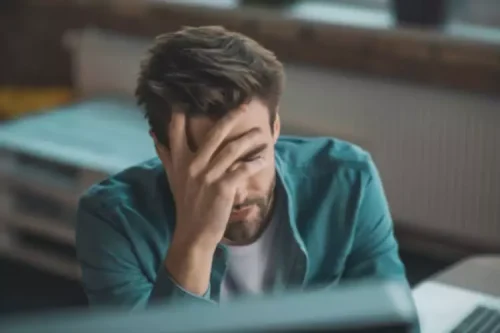
These differences are likely due to the working conditions night workers are subjected to, which make them particularly vulnerable to stress. It is well established that particularly dangerous and demanding work, especially when performed at night, is a major stressor on the body and can affect the worker’s overall health and well-being 26,51,52. There is some inconsistency in the literature relating to REM sleep abnormalities during sustained recovery. In one study, REM sleep architecture demonstrated a reversal during early recovery, with the first REM sleep episode of the night being the longest, https://ecosoberhouse.com/ despite a lack of depressive disorder in these subjects. The REM sleep architecture normalized over time with continued recovery (Imatoh et al., 1986).
Insomnia As A Co-Occurring Disorder
It’s true, sleep may happen more quickly after consuming a drink or two. Alcohol often does reduce sleep onset latency—the time it takes to fall asleep. Depending on how much alcohol is consumed, however, what seems like falling asleep may be something closer to passing out. And we quickly build a tolerance for the sedative effects of alcohol, which means you may need to drink more to have the same initial sleep-inducing effects. Alcohol is highly effective at suppressing melatonin, a key facilitator of sleep and regulator of sleep-wake cycles. Research indicates that a moderate dose of alcohol up to an hour before bedtime can reduce melatonin production by nearly 20 percent.

Medical professional hub
It is generally metabolized at a rate of 0.01 to 0.02 g% per hour (Arnedt et al., 2011b). In addition to the electrophysiologic mechanisms of sleep, Borbely and colleagues postulated a two-process model of sleep regulation (Borbely, 1982). In brief, this model posits that sleep is a function of two independent mechanisms, namely homeostatic sleep drive and circadian rhythmicity. A mismatch between the normally synergistic circadian and homeostatic mechanisms may also lead to circadian rhythm sleep disorders.
Alcohol Dependence and Period Limb Movement Disorder (PLMD).

It is to be noted that individuals in early recovery may overestimate their subjective SOL but underestimate their WASO, as compared to their PSG estimated indices (Conroy et al., 2006b). In patients with delirium tremens (DTs), a higher percentage of Stage 1 sleep with REM (stage 1 period with low voltage EEG alcohol insomnia with REM) was demonstrated (Greenberg and Pearlman, 1967). In this study, one of the subjects had nightmares of hallucinatory intensity during alcohol withdrawal and with 100% Stage 1-REM sleep. As DTs ended, recovery sleep set in as a response to sleep deprivation in most of these patients. However, a subset of patients may have fragmented sleep and disturbances of consciousness that predict a guarded prognosis for future episodes of DTs (Kotorii et al., 1982, Nakazawa et al., 1981).
1. Alcohol Consumption
- A 2020 study found that people with ADHD are more likely to consume alcohol to treat their insomnia symptoms.
- Because alcohol can have a depressive effect on the brain, drinking may help some people fall asleep faster.
- Drinking to fall asleep can cause or worsen some health issues over time.
- People who consistently drink too much alcohol may eventually build up a tolerance to its initial sedative effects.
- Studies of chronic alcohol users have found that these individuals typically experience disrupted sleep patterns with less slow wave sleep and more REM sleep.
Magnesium supplementation had a mixed result on PLMs in an open-label trial of AD patients (Hornyak et al., 2004). In summary, insomnia is prevalent across all stages of AD and may have psychosocial, addiction and psychiatric ramifications. “Although some encouraging results have been seen with gabapentin, quetiapine and CBT-I, these findings need to be replicated using adequately powered studies in individuals with insomnia comorbid with alcohol dependence”. In summary, the preponderance of studies report subjective and objective increase in sleep onset latency and sleep fragmentation with consequently decreased TST in actively drinking subjects with AD. But part of a smart, sleep-friendly lifestyle is managing alcohol consumption so it doesn’t disrupt your sleep and circadian rhythms.
- An upscale home offering flexible mental health and addiction treatment programs, wholly catered to clients and their needs.
- For example, people with moderate or severe anxiety who use alcohol in hopes of sleeping better are actually more likely to have sleep problems.
- Besides just waking you up a lot, alcohol can disrupt your normal sleep patterns enough to create some longer-term issues you may need to address.
- A longitudinal study involving patients sober for 2–3 weeks after withdrawal, demonstrated higher baseline PLMI and PLMI with arousals versus healthy controls (Gann et al., 2002).
- Circadian rhythms are a manifestation of the activity of the primary endogenous pacemaker, the suprachiasmatic nucleus in the hypothalamus, upon which melatonin acts.
- The intensity of insomnia will dictate whether an individual seeks treatment with either prescription or over-the-counter medications, or self-treatment.
How Does Alcohol Withdrawal Affect Sleep?

People with insomnia may have difficulty falling asleep or keep waking up during the night. The major issue is that people may not feel the negative effects at first. They can try it a few times and think their sleeping problems are cured. Eventually, however, they notice that they are tired when they wake up. The solution seems simple; they have another beer, another glass of wine, another shot. The more they take, the more they feel they need, and soon, they’ve built a dependency on alcohol in order to feel relaxed.
Health Categories to Explore
To understand the degree of insomnia, we also divided the sample populations in relation to total score categories and analysed the difference between day and night workers. Retrospectively, subjects with AD reported the presence of insomnia prior to the onset of AD (Currie et al., 2003a). Sleep disturbance has been shown to predict subsequent alcohol consumption in adolescents and adults (Breslau et al., 1996, Wong et al., 2004, Wong et al., 2010, Wong et al., 2015, Ford and Kamerow, 1989, Weissman et al., 1997). This association may be secondary to subjects self-medicating their insomnia with alcohol (Kaneita et al., 2007, Ancoli-Israel and Roth, 1999, Johnson et al., 1998).